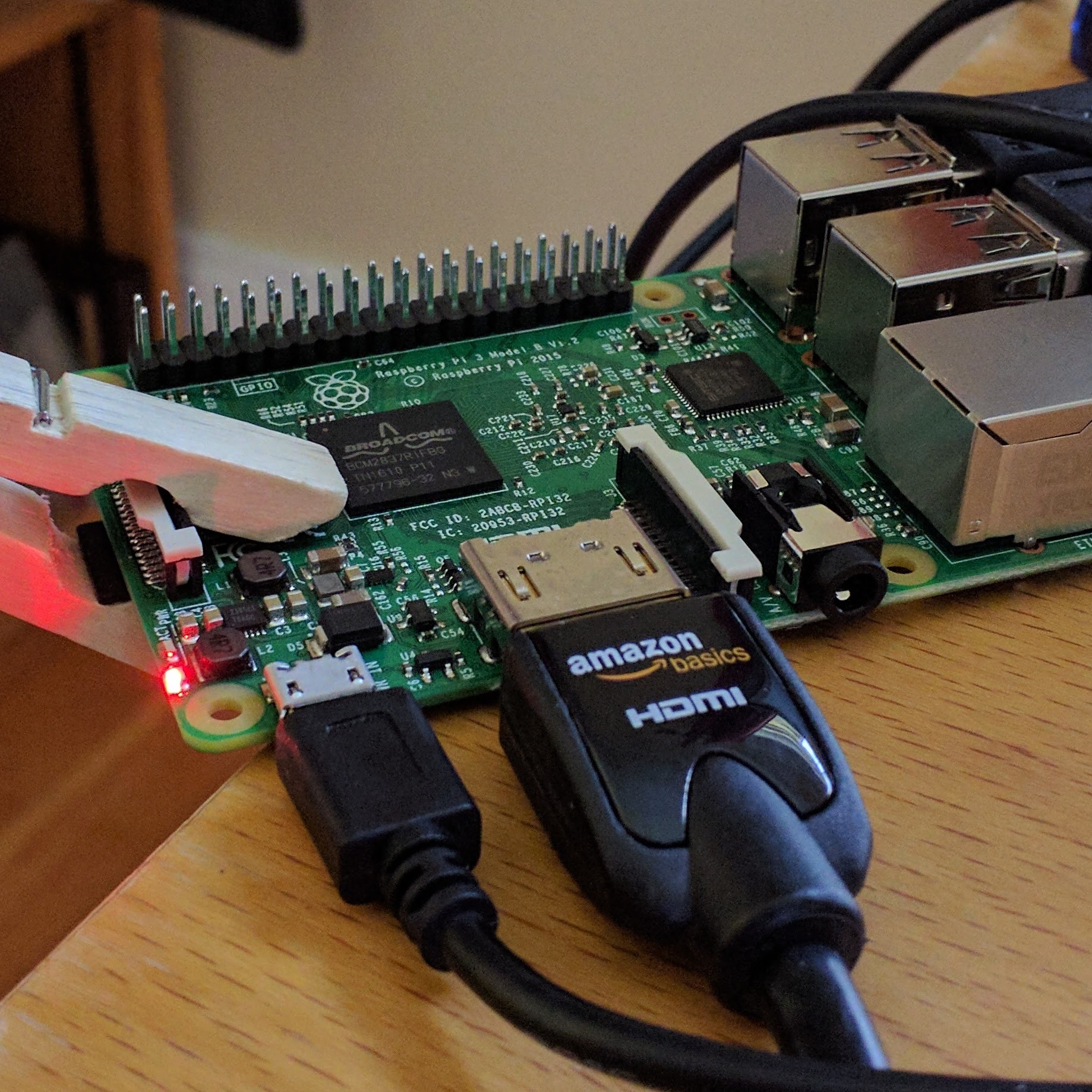From Wired magazine as How Khan Academy is Changing the Rules of Education. You see, you use the tool, first like you think you are going to as an assist for after school, and then you simply change how instruction is delivered. The valuable part of a teacher is individualizing the education and providing the support, not always the original lecture. Make no mistakes here, some lectures Khan just doesn’t deliver the same way, the relationship builds through the presentation. Where it doesn’t….well, read the article.
Initially, Thordarson thought Khan Academy would merely be a helpful supplement to her normal instruction. But it quickly become far more than that. She’s now on her way to “flipping” the way her class works. This involves replacing some of her lectures with Khan’s videos, which students can watch at home. Then, in class, they focus on working problem sets. The idea is to invert the normal rhythms of school, so that lectures are viewed on the kids’ own time and homework is done at school. It sounds weird, Thordarson admits, but this flipping makes sense when you think about it. It’s when they’re doing homework that students are really grappling with a subject and are most likely to need someone to talk to. And now Thordarson can tell just when this grappling occurs: Khan Academy provides teachers with a dashboard application that lets her see the instant a student gets stuck.
“I’m able to give specific, pinpointed help when needed,” she says.
The result is that Thordarson’s students move at their own pace. Those who are struggling get surgically targeted guidance, while advanced kids like Carpenter rocket far ahead; once they’re answering questions without making mistakes, Khan’s site automatically recommends new topics to move on to. Over half the class is now tackling subjects like algebra and geometric formulas. And even the less precocious kids are improving: Only 3 percent of her students were classified as average or lower in end-of-year tests, down from 13 percent at midyear.

Leave a Reply
You must be logged in to post a comment.